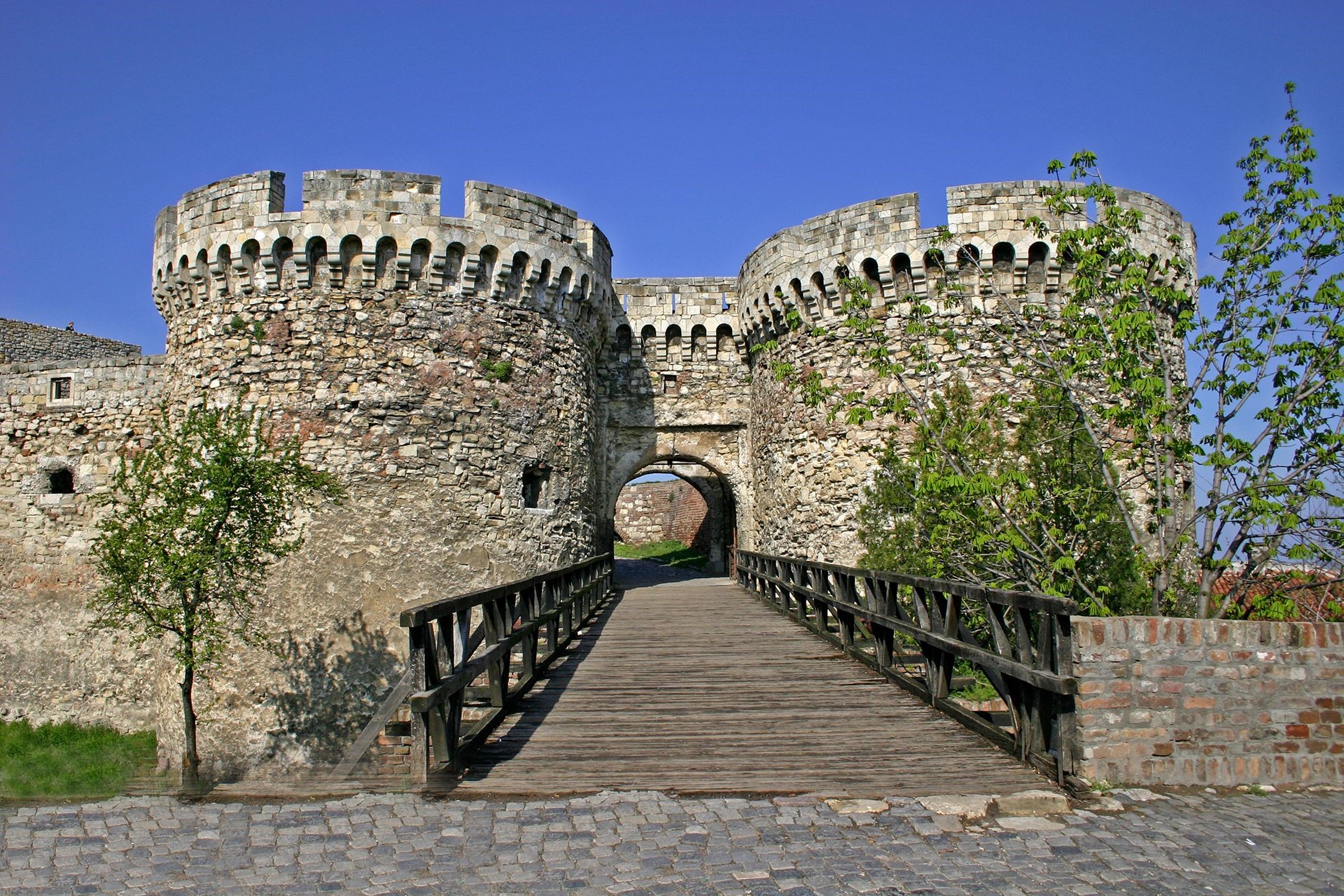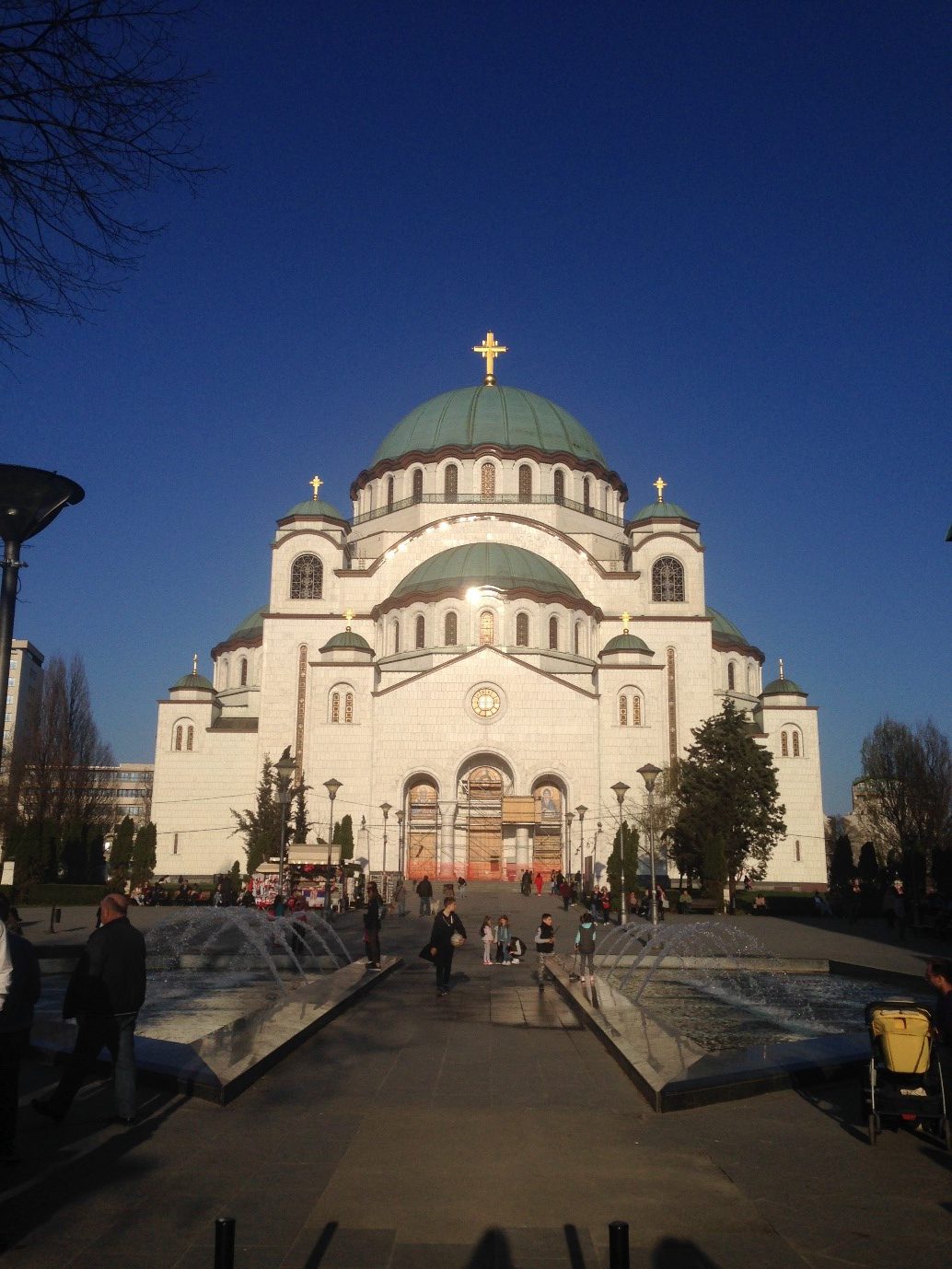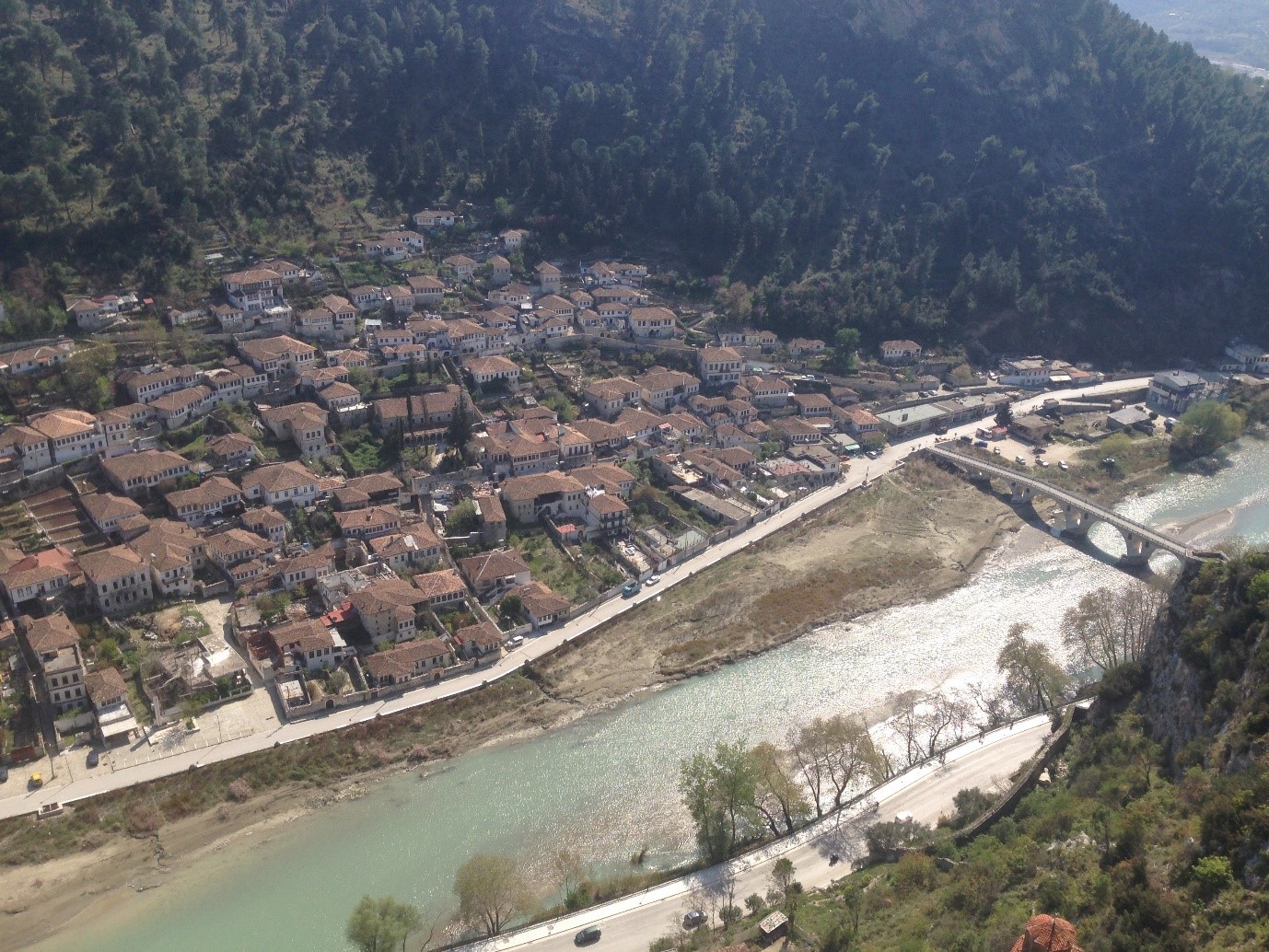


The Balkans: Part 2
Bosnia-Herzegovina
After departing Dubrovnik, we continued driving north along the coast. Dubrovnik region is cut off from the rest of Croatia by a thin strip of coastline which belongs to Bosnia-Herzegovina, our first stop on our holiday in Bosnia. As we drove north, we drove along this short Bosnian coastline, stopped for a quick coffee in the small coastal town of Neum and then entered Croatia again on the north side. We then drove a bit further along the Croatian coast before crossing the border again back into Bosnia-Herzegovina itself. This meant that I had done 4 border crossings in total that day – a personal record!
We drove further inland and in the late afternoon we arrived in the historic town of Mostar. Mostar derives its names from the bridge located in the centre of the town (Stari Most means the ‘Old Bridge’ in Bosnian). The bridge was first constructed during Ottoman rule in the 16th Century. Sadly, the bridge was destroyed in 1993 during the Croat-Bosniak War but was rebuilt after in 2004 after peace had returned to the country. Today, the bridge plays host to the Stari Most Diving Club which organises dives from the bridge into the fast-flowing Neretva river below. This dive is certainly not for the faint-hearted or inexperienced divers but over the years it has become a rite of passage for the young men of Mostar to make the jump at some point in their lifetime.
From Mostar, we drove further north up into the mountains surrounding Sarajevo. Night fell as we drove along the winding roads leading to Bosnia’s capital, but you could still see the large shadows of hills and mountains which dominate the landscape here. When we arrived, Sarajevo felt noticeably colder than the coasts of Croatia where we started the journey earlier that day and it is no surprise that the city was used as the host city for the Yugoslav Winter Olympics in 1984.
In the evening we explored the streets of Sarajevo, the architecture here is beautiful and is a mixture of different styles which is a testament to the multi-cultural history of the city. We visited the spot where Archduke Franz Ferdinand of the was assassinated in 1914 – the event which sparked the First World War. In more recent times, the city was again the centre of war when the city was besieged by Serb forces for 1,425 days during the Bosnian War resulting in thousands of casualties. Although the city still bears many of the scars of its recent past, the city has pulled itself up and is looking towards the future. The atmosphere is relaxed, and it is definitely worth visiting this beautiful, fascinating city.
The following days, we drove north to the town of Srebrenica. It was here that one of the worst episodes of the Bosnian War took place in 1995 when almost 8,000 men and boys were massacred by the army of the Republic of Srpska (one of the paramilitary factions during the war). Today, there is a graveyard in memory of the people who lost their lives and the cemetery serves as poignant reminder of the sad, turbulent history of this region.

Serbia
We crossed the border into Serbia and arrived in Belgrade towards the evening and went on a quick tour of some of the highlights of the city. Belgrade felt like a real contrast to the other cities I had visited during my trip – the city is the former capital of Yugoslavia and today it is a bustling metropolis and one of the largest cities in the Balkans. We visited the Church of St. Sava – one of the largest Orthodox churches in the world. The construction of the church began in 1935 but was interrupted by the tumultuous events of the 20th Century. The majority of the building is now complete, but the interior is still under construction. We also visited Belgrade Fortress – a large fortress complex and park offering fantastic panoramic views of the city and the majestic Danube River. The first mention of a fortress here dates back to the 3rd Century BC but the fortress has been reconstructed and expanded over the centuries through the Byzantine Empire, Serbian rule and under the Ottoman Empire.
The following day, we departed Belgrade and set off on a long drive to the city of Nis in the south of the country. Nis is an ancient city dating back to the 3rd Century BC and is famous as the birthplace of the Roman Emperor Constantine the Great who converted the empire to Christianity and founded the city of Constantinople (today known as Istanbul, the capital of Turkey). Our time in the city included a visit to the Skull Tower – a morbid monument erected by the Ottoman Turkish authorities after the failed First Serbian Uprising in 1809. After a battle which took place close to Nis, thousands of Serbian prisoners were beheaded, and their skulls were built into the tower to deter any future uprisings. When the Serbs regained control of the town in the end of the 19th Century, a chapel was built around the tower to serve as a memorial to the massacre. All in all, the town was a reminder of the fascinating, yet often very tragic history of the Balkan region.


Kosovo
Our journey continued to the partially recognised country of Kosovo. In the late 1990’s, a conflict erupted between the Yugoslav/Serbian army and the Kosovo Liberation Army (KLA) who were aiming for the independence of Kosovo from the rest of Yugoslavia. The conflict resulted in thousands of civilian deaths and hundreds of thousands of people were internally displaced or became refugees. After a controversial bombing campaign by NATO, a ceasefire was agreed, and a stalemate has existed for the past 20 years. Kosovo officially declared independence in 2008 and is currently recognised by around 100 other countries. For this reason, I was slightly apprehensive as we crossed the Serbian-Kosovan border, bearing in mind the political tension between the two countries. However, during my stay in the country I felt completely safe at all times. Kosovo is certainly still very much ‘off the beaten track’ for most tourists and because of this its sights maintain their authenticity. We visited two cities: the capital Prishtina and Kosovo’s second city, Prizren. Prishtina is the political and economic heart of Kosovo and some of its main sights include the Imperial Mosque, the National Library, the NEWBORN monument and a statue of former U.S. President Bill Clinton (in honour of his role during the Kosovo War in the late nineties). Prizren felt like a nice contrast – the city is much smaller, with a beautiful historic old town adorned with cobbled streets, stone bridges and medieval mosques, definitely a must visit place if you are planing a holiday in Kosovo!
After leaving Kosovo, we drove back into Albania where we visited the historic walled city of Berat and spent the last day at the beautiful seaside city of Durres where we visited the city’s historic amphitheatre, before driving back to Tirana Airport for my flight back to London.
All in all, my visit to the Balkans gave me a fascinating insight into the history, politics and diverse cultures of this region. Though many of the countries are still rarely visited by many tourists, I highly recommend exploring this region at some point in your lifetime. The nature, architecture and hospitality of the locals is fantastic, and the food is certainly not to be missed either!
If you are interested in exploring any of the Balkan countries, contact our team and we will be very happy to help organise your next adventure in this unique and fascinating part of Europe.
All rights to Baltic Travel Company